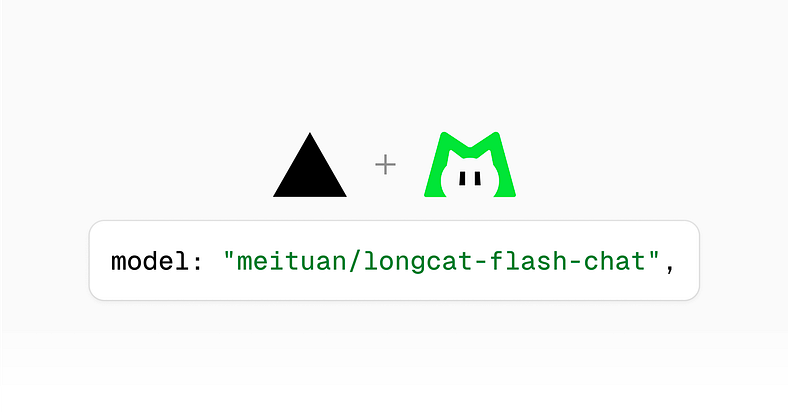China’s Meituan Longcat: The Open-Source Giant Rivaling GPT-5

🚨 The AI world just got shaken up again.
China has released a massive open-source model called Meituan Longcat Flash Thinking, and it’s already being compared directly to GPT-5 in reasoning benchmarks. With 560 billion parameters in a Mixture-of-Experts (MoE) architecture, it runs about 27 billion parameters active per token — making it both massive and efficient.
And here’s the kicker: it’s scoring neck-and-neck with GPT-5 Thinking models on some of the most challenging benchmarks out there.
Why This Is Big
For the past few years, AI progress has been largely defined by closed models like GPT-4/5 (OpenAI), Gemini (Google), and Claude (Anthropic). These models are powerful, but they’re locked behind APIs, pricing tiers, and usage restrictions.
Meituan Longcat changes the game because it’s open-source and performing at nearly the same level as these closed systems. That means researchers, developers, and companies can now tap into cutting-edge reasoning without being locked into expensive ecosystems.
Benchmark Performance
Early results show Longcat excelling in areas typically dominated by GPT-5:
In other words, the kinds of tasks that power AI agents, scientific research, and enterprise-grade automation.
The Architecture Advantage
The Mixture-of-Experts design is critical here. Instead of firing up all 560B parameters for every input (which would be computationally insane), the model activates only ~27B per token.
This means:
✅ Smarter scaling without the cost explosion. ✅ Better efficiency for inference and training. ✅ Potential to fine-tune for specific workloads without massive infrastructure.
It’s a design philosophy that suggests the era of ultra-large but efficient models is here to stay.
Why Developers Should Care
The release of Longcat is more than a bragging rights moment. It’s a signal:
Open-source is catching up fast. What once required a billion-dollar closed research pipeline is now available to anyone willing to spin up the infrastructure.
The agent ecosystem just got stronger. If you’re building on n8n, LangChain, or custom AI workflows, this means you can experiment with near-GPT-5 reasoning without API lock-in.
China is stepping up in AI. The narrative that cutting-edge AI will always come from Silicon Valley is no longer true.
What’s Next?
The big question now: How will the community adopt Longcat?
Regardless, the release makes one thing clear: 👉 The future of AI won’t be locked behind paywalls.
💡 Your Turn: Would you consider switching part of your AI stack to an open-source model like Longcat, or do you trust closed systems like GPT-5 more?